Myrmecophytes are plants that live in a mutualistic association with a colony of ants, and this association can be either facultative or obligate. In obligate mutualisms, both organisms involved are interdependent, while facultative mutualism is a type of relationship where the survival of both parties (plant and ants, in this instance) is not dependent upon the interaction.
There are over 100 different genera of myrmecophytes. These plants possess structural adaptations that provide ants with food and/or shelter. These specialized structures include domatia, food bodies, and extrafloral nectaries. In exchange for food and shelter, ants aid the myrmecophyte in pollination, seed dispersal, gathering of essential nutrients, and/or defense.
Some species of plant develop domatia which are internal plant structures that appear to be specifically adapted for habitation by ants. These cavities are found primarily in the stems, leaves, and spines of plants. Many different genera of plants offer domatia. Plants of the genus Acacia have some of the most widely recognized forms of domatia and offer some of the best examples of ant-plant obligate mutualism. Different Acacia species provide a variety of resources needed for their codependent counterparts. One of these resources is the need for shelter. Acacia have enlarged thorns on their stems that are excavated by ants for use as housing structures. Since the tree contains their nest, these aggressive ants react strongly to any disturbance of the tree, providing the myrmecophyte with defense from grazing herbivores and encroaching vines.
Domatia can also be found within the tubers of certain plants. Tubers form when the hypocotyls of a seedling swell to form a hollow, chambered structure that can become inhabited by ants. The plant family Rubiaceae contains the most commonly known tuberous myrmecophytes such as Myrmecodia and Hydnophytum.
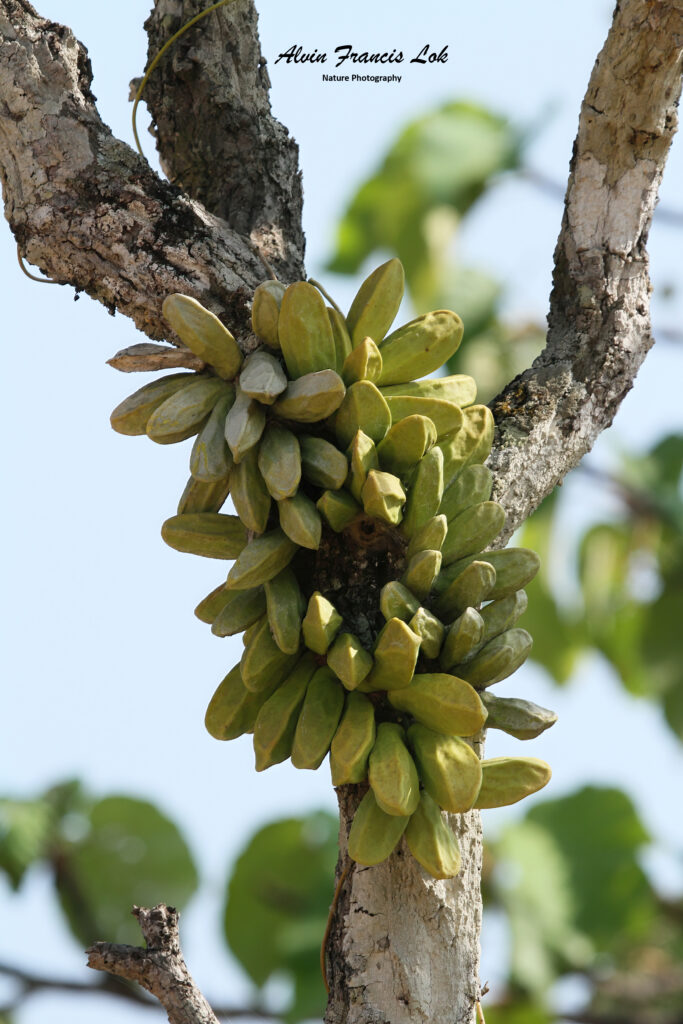
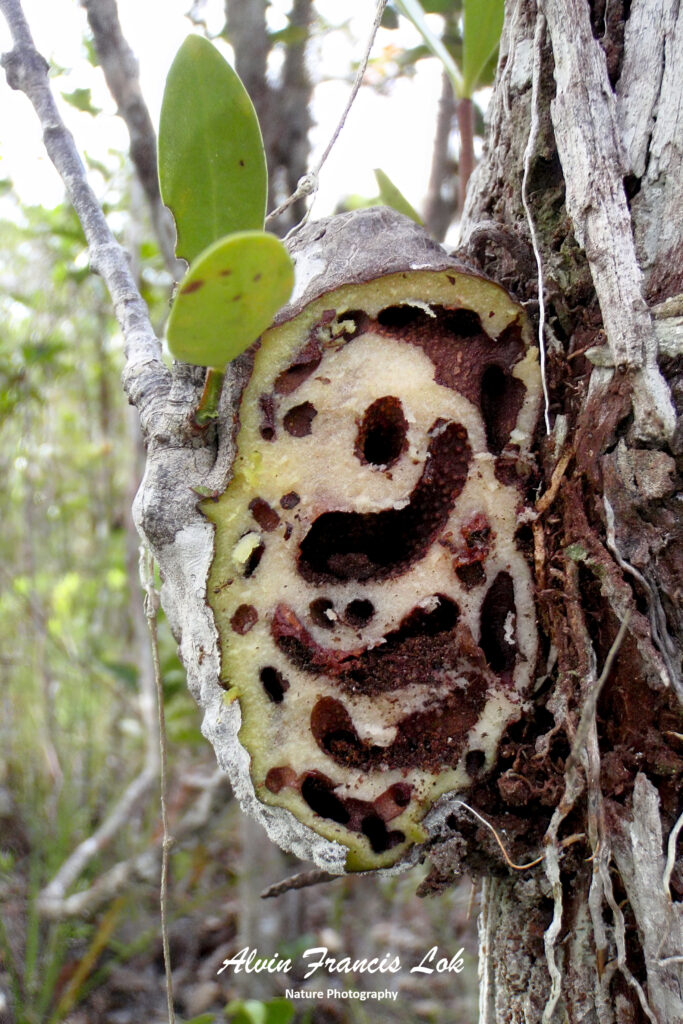
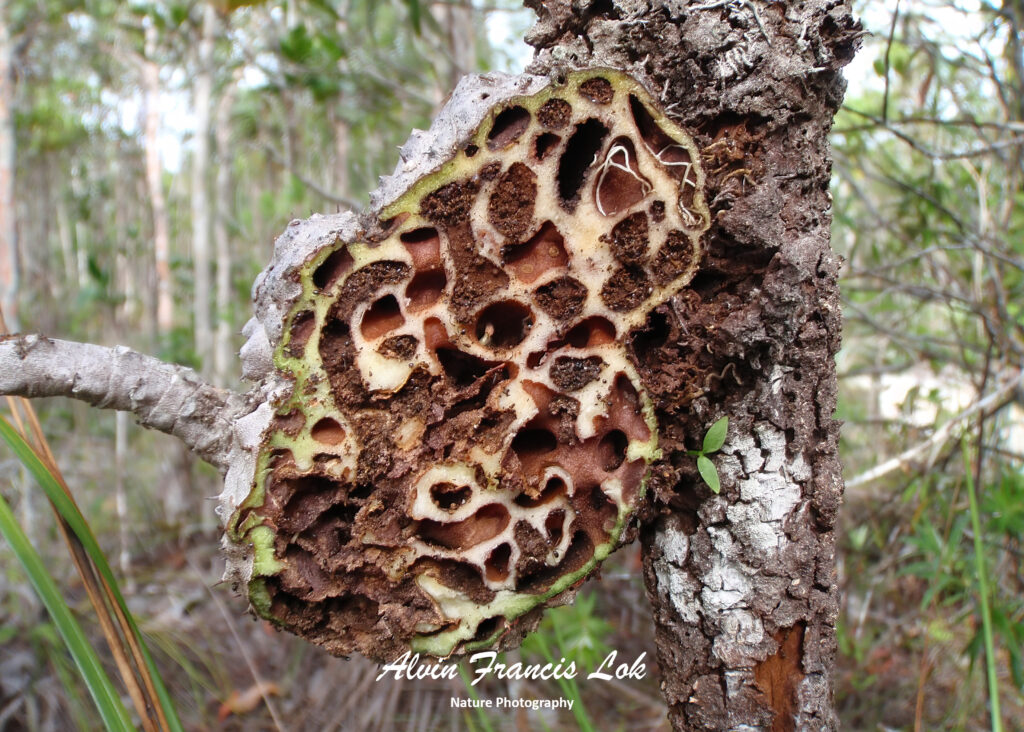
Some plants produce food bodies for use by other organisms. These small epidermal structures contain a variety of nutrients that are removed and consumed by foragers. Food bodies are identified by the main nutrient they contain and by the genus of plant producing them.
Beltian bodies are found on the leaflet tips of Acacia plants and have relatively high protein content.
Beccarian bodies are found on young leaves of the genus Macaranga and are especially rich in lipids.
Pearl bodies are rich in lipids and are found on the leaves and stems of Ochroma plants.
Müllerian bodies, found on the stalk of the leaves of Cecropia, are primarily glycogen. Glycogen is the principal storage carbohydrate found in animals and is extremely rare in plants.
Unlike their bee relatives, ants rarely pollinate plants. In most cases of ant pollination, the ants are one of multiple pollinators, meaning that the plants are not completely dependent on ants for pollination.
Myrmecochory (ant-dispersal) is the collection and dispersal of seeds by ants. Both the plant and the ant benefit in this scenario. The ants are provided with an elaiosome, a detachable food body found on the surface of the seed. Elaiosomes have diverse compositions, usually high in lipids and fatty acids, but also containing amino acids, sugars, and protein. The ants remove the elaiosome once the seed has been transported to the colony. As a result, the seeds are safely placed in nutrient-rich substrate protected from predators, benefiting the plant with optimum establishment conditions for its seed. Because of such ant-dispersal and other ant-related dependencies, many species of myrmecophytes tend to grow together in ant-gardens. Such associations often occur in hot and/ or nutrient poor conditions where ant-association benefit these plants.
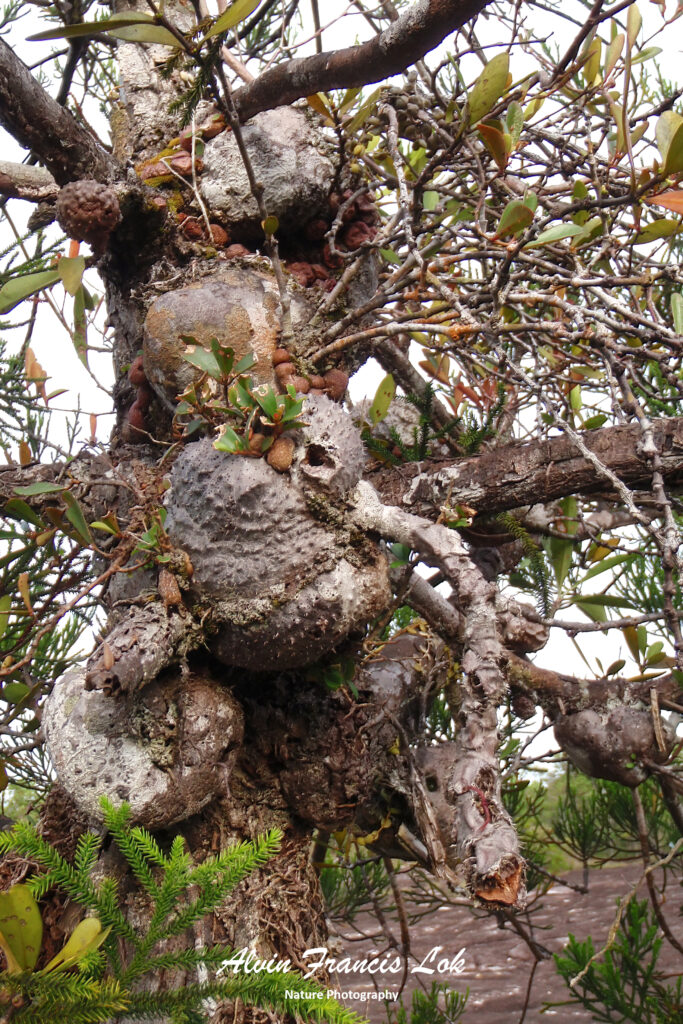
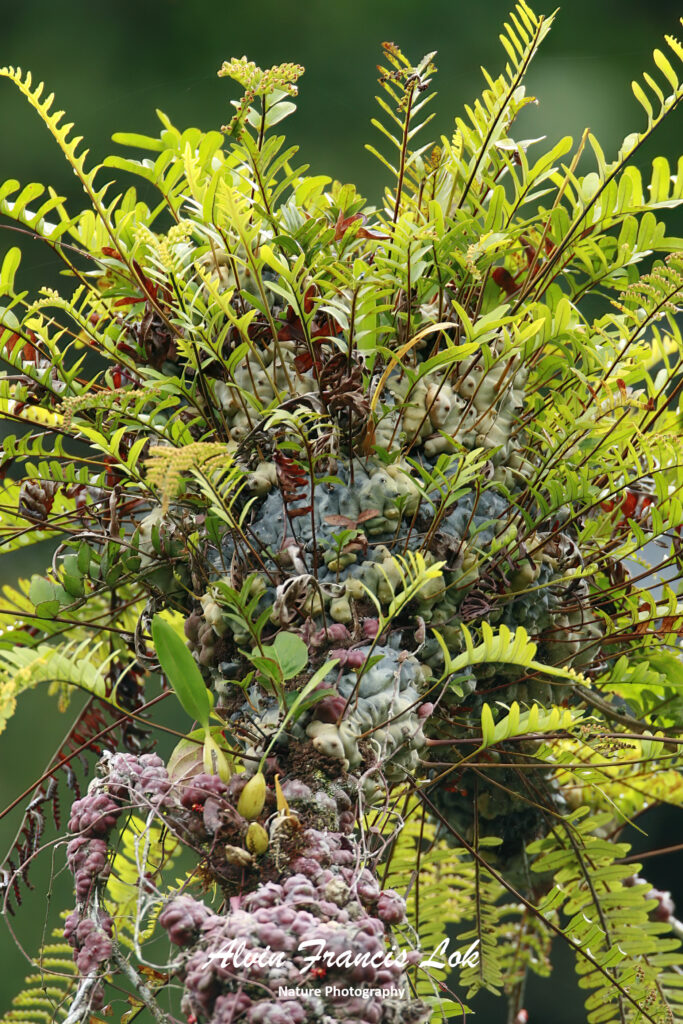
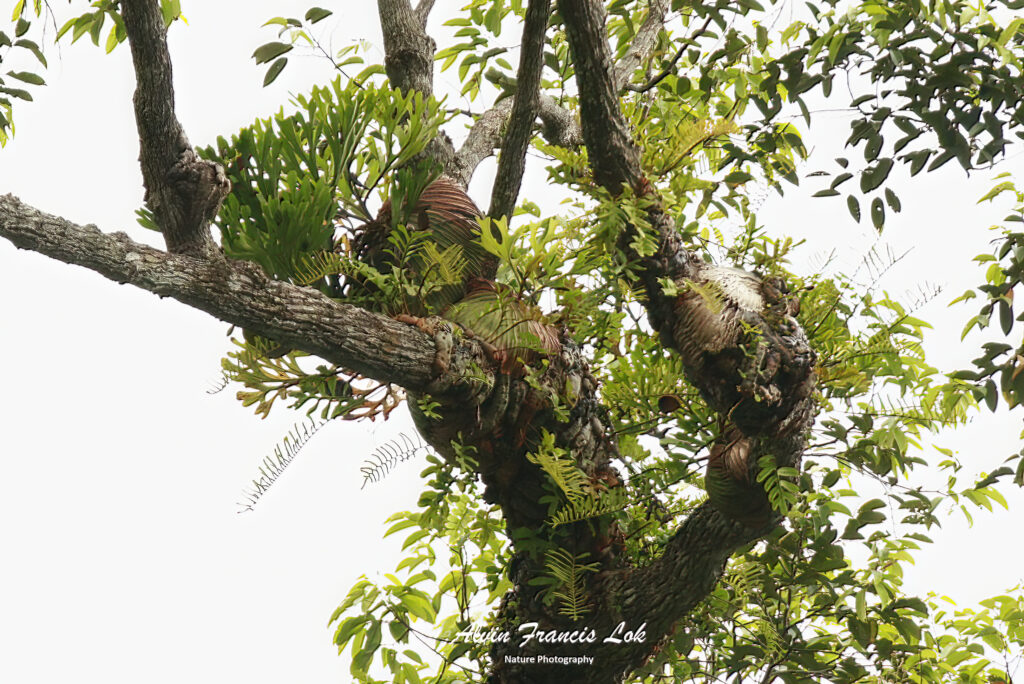
Myrmecotrophy (ant-fed) is the ability of plants to absorb nutrients from debris piles left by ant nests or, in the case of Nepenthes bicalcarata, from ant egesta. This species grow in lowland closed canopy heath forest that is nutrient poor, so benefit from such ant associated nutrition.
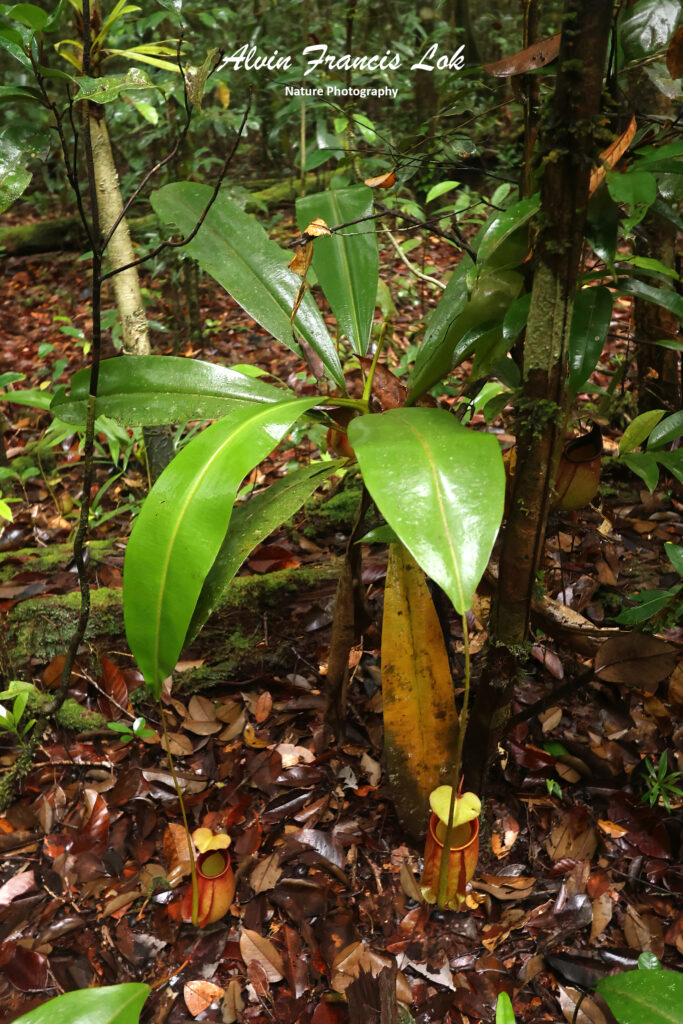
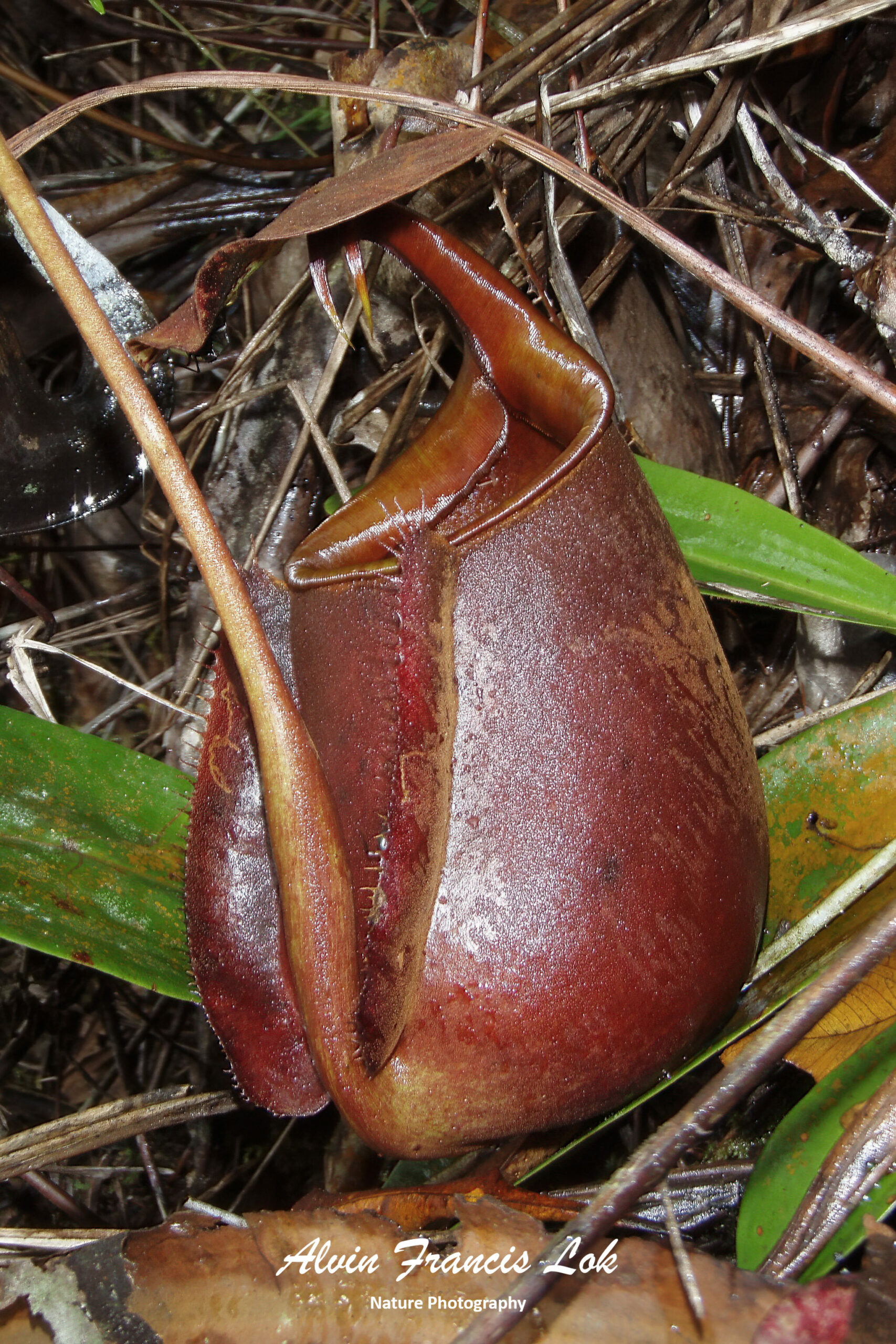
Since plants provide essential resources for ants, the need to protect the plant and those resources is extremely important. Many myrmecophytes are defended from both herbivores and other competing plants by their ant symbionts. Acacia cornigera, for example, is thoroughly guarded by its obligate ant partner, Pseudomyrmex ferruginea. A single colony of P. ferruginea may contain more than 30,000 ants and can tend multiple Acacia trees. The soldier ants are extremely aggressive, patrolling the trees twenty-four hours a day. Any disturbance to the tree alerts ants, who then recruit more workers from inside the horn domatia. These ants defend the Acacia by biting, violently stinging, and pruning any trespassers. The ants keep the plant free from other insects and vertebrate herbivores, from invading fungi and also from other plants.
Source: Wikipedia
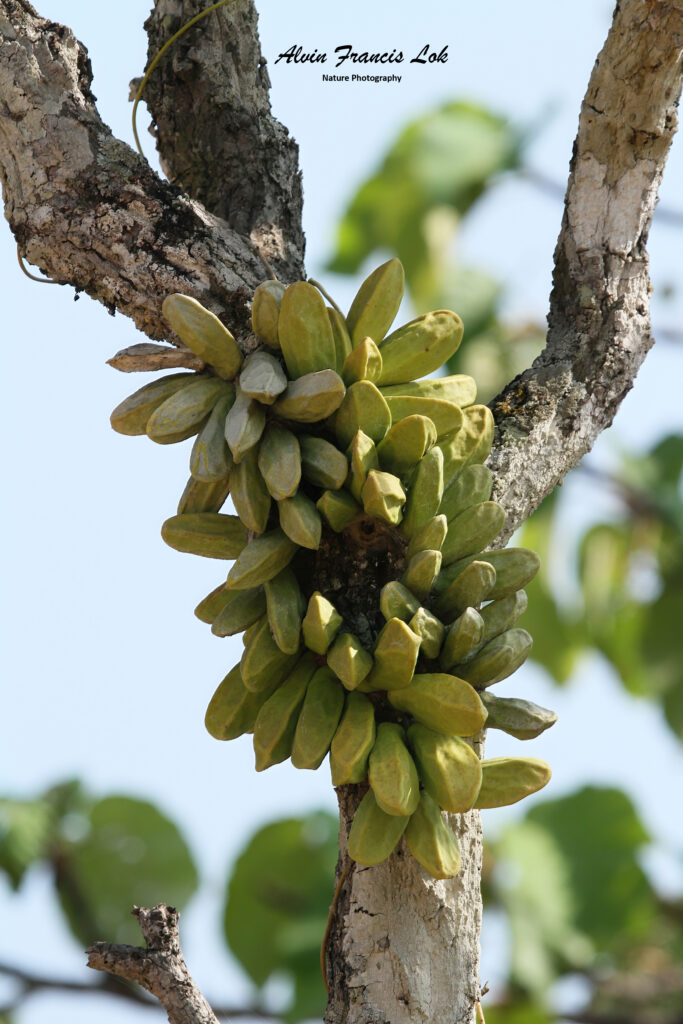
(Doi Inthanon NP, Thailand)
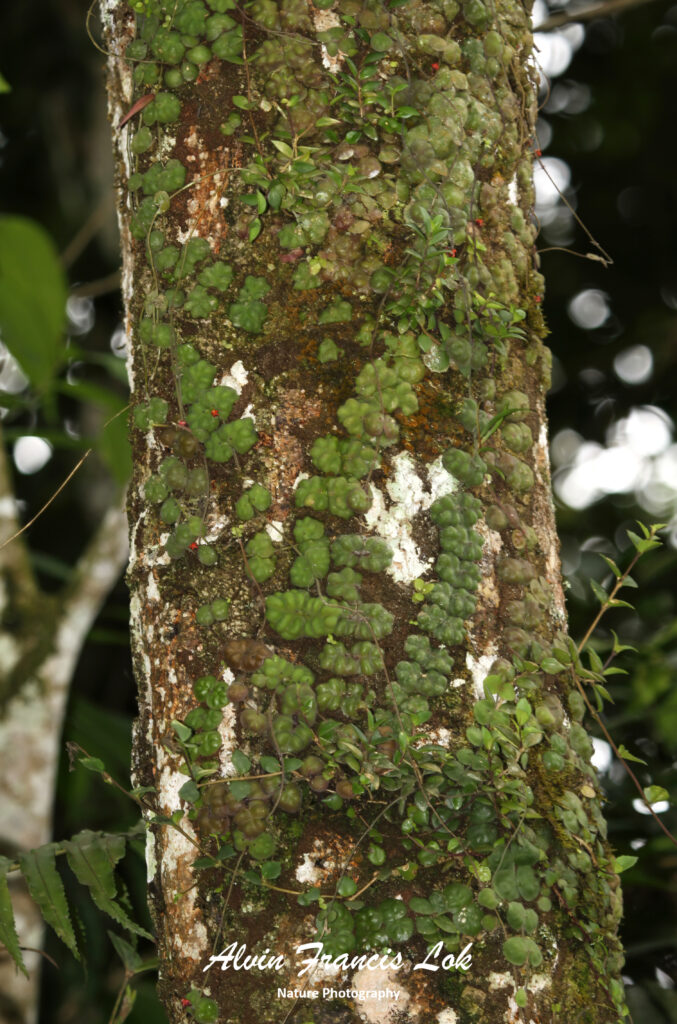
(Pahang, Malaysia)
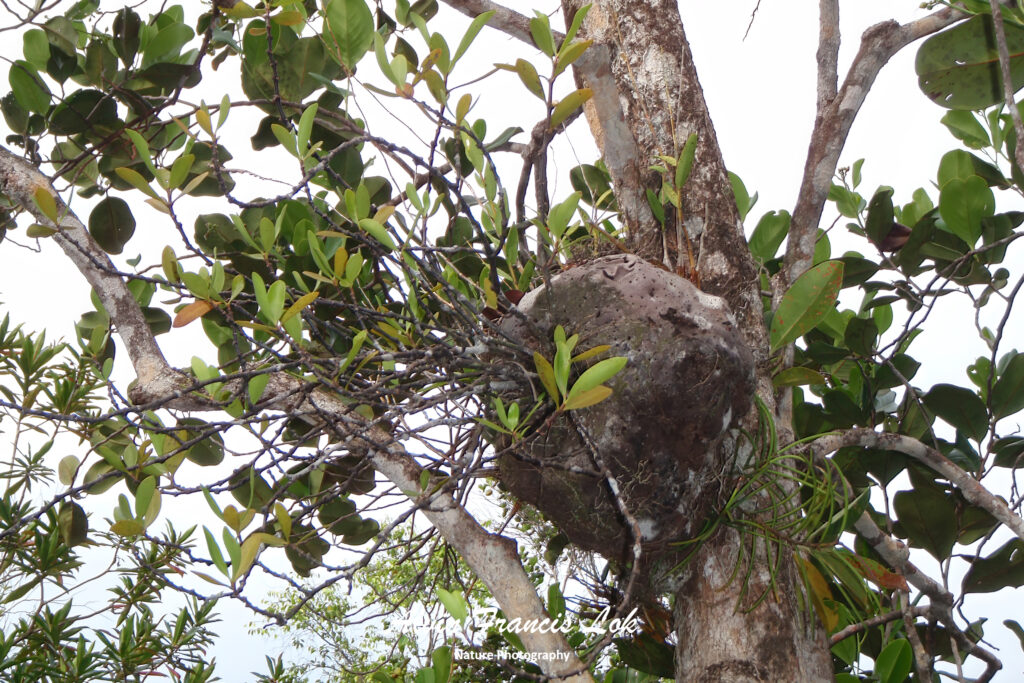
(Sarawak, Malaysia)
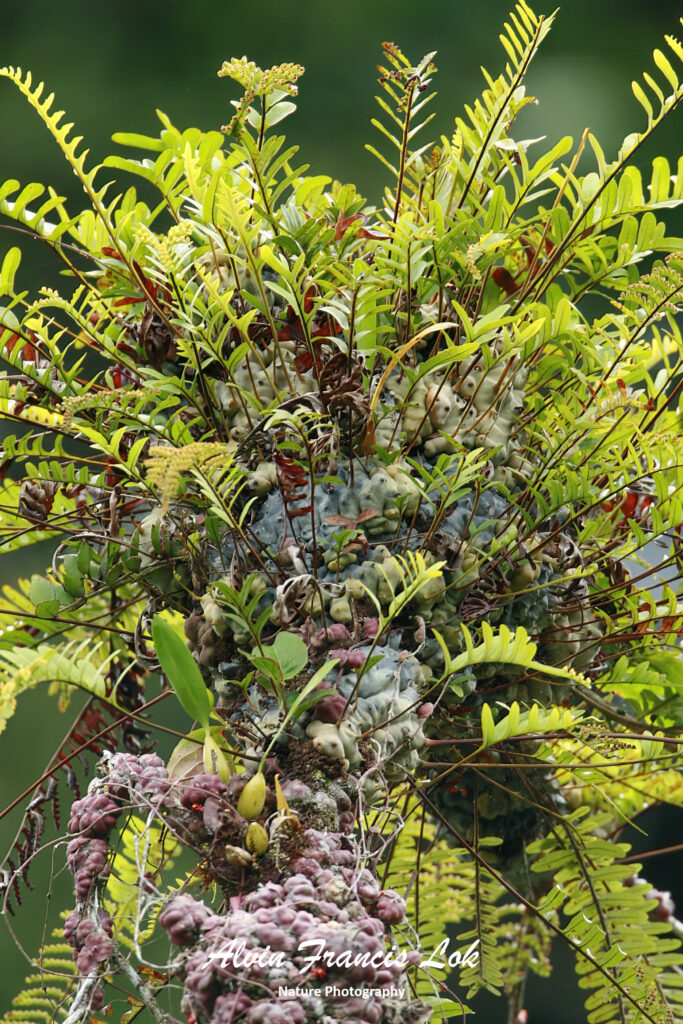
(Pahang, Malaysia)
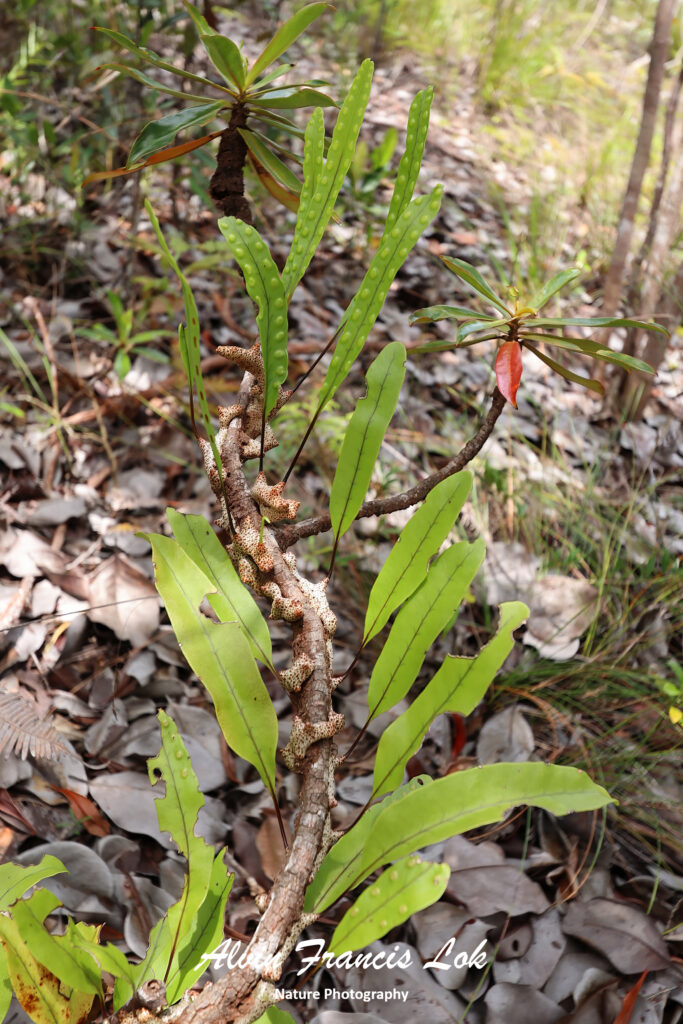
(Sarawak, Malaysia)
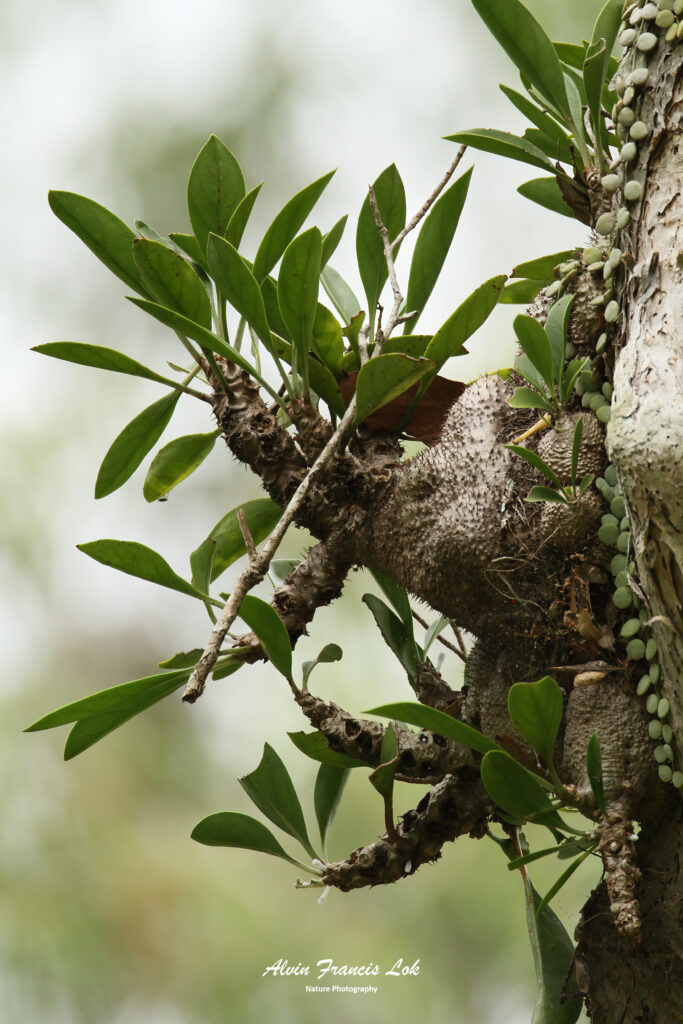
(Queensland, Australia)
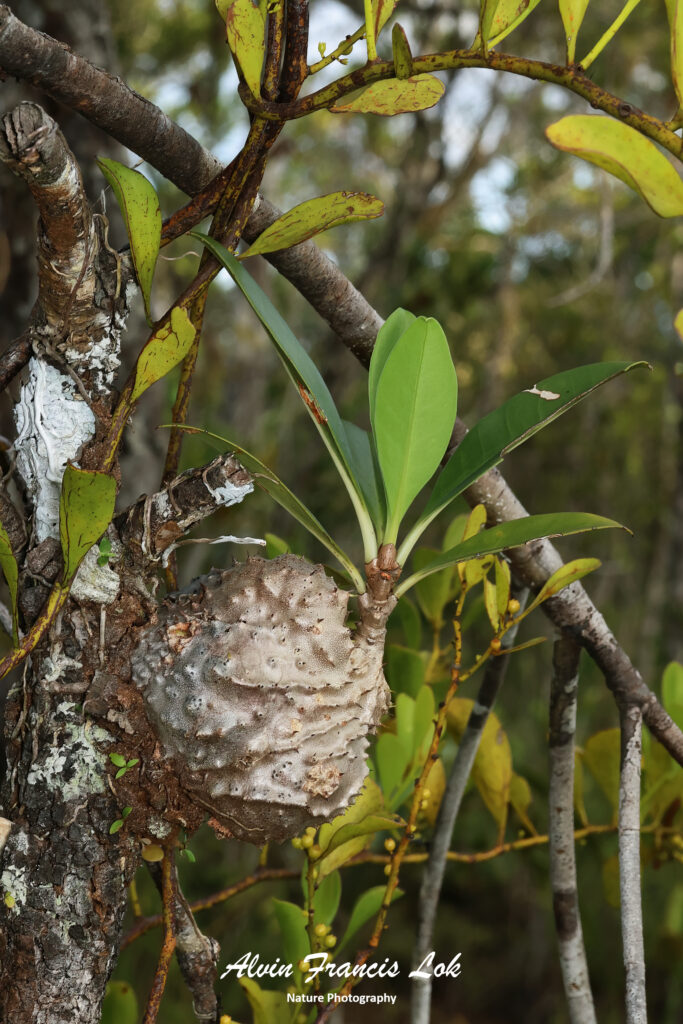
(Sarawak, Malaysia)
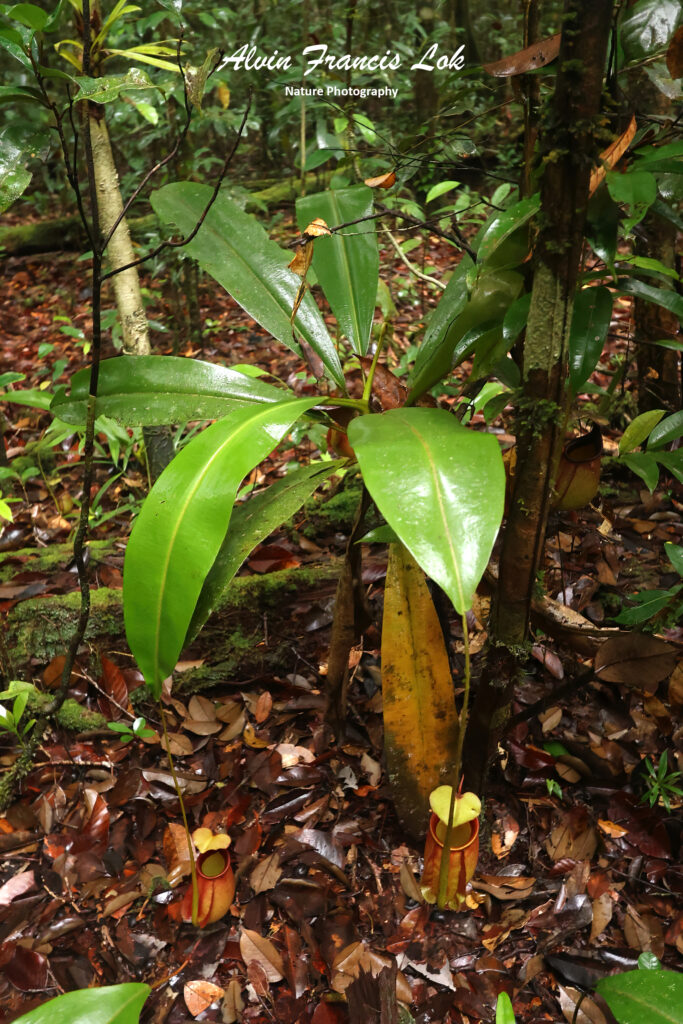
(Sarawak, Malaysia)
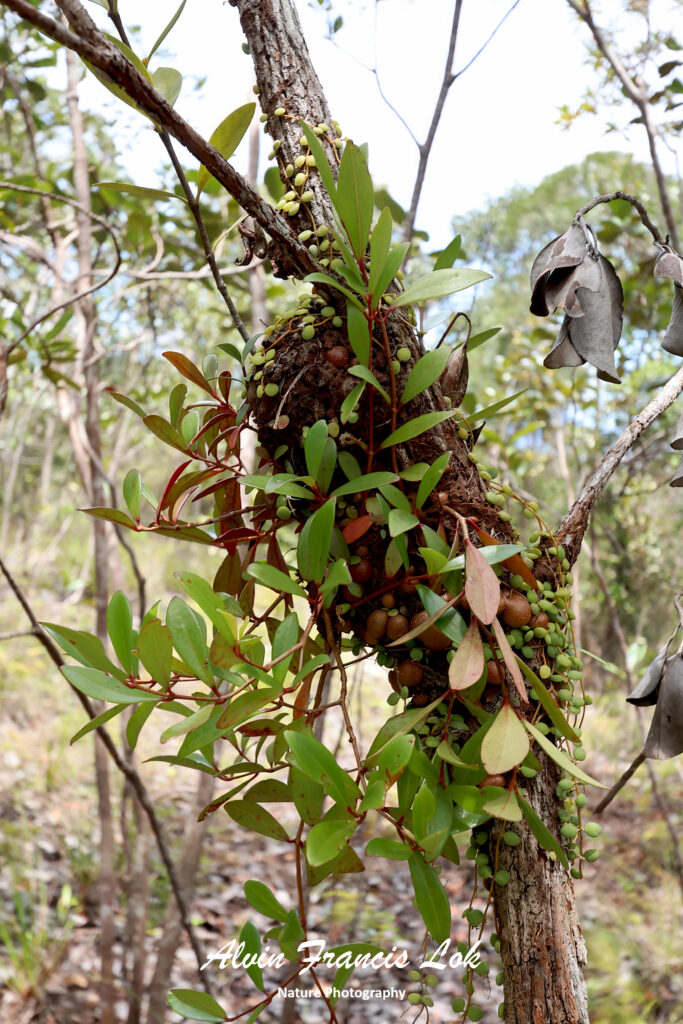
(Sarawak, Malaysia)
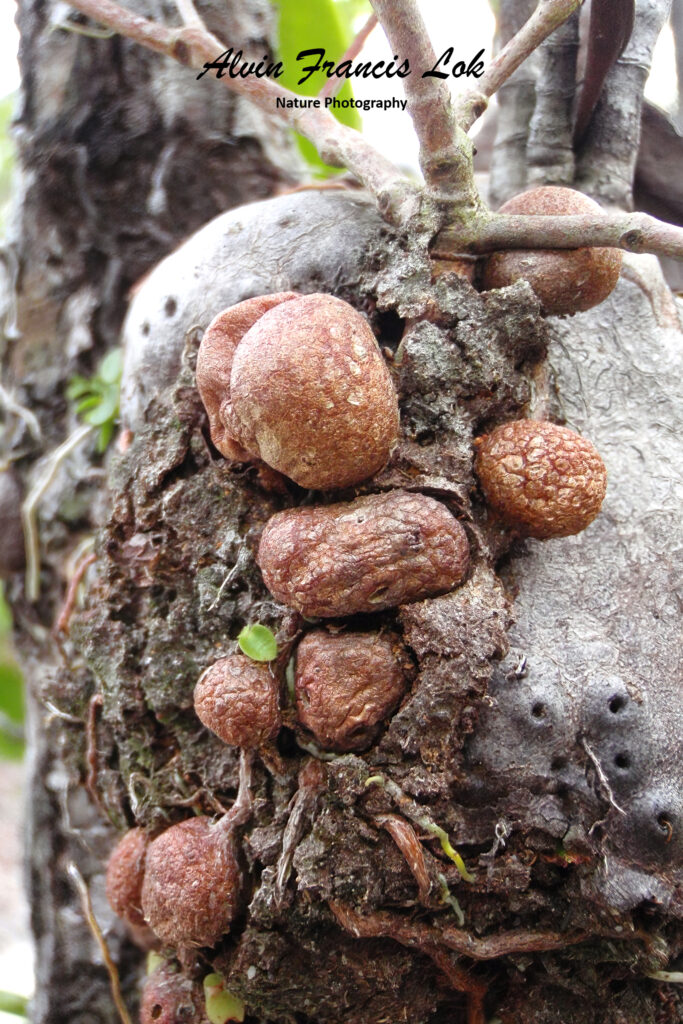
(Sarawak, Malaysia)
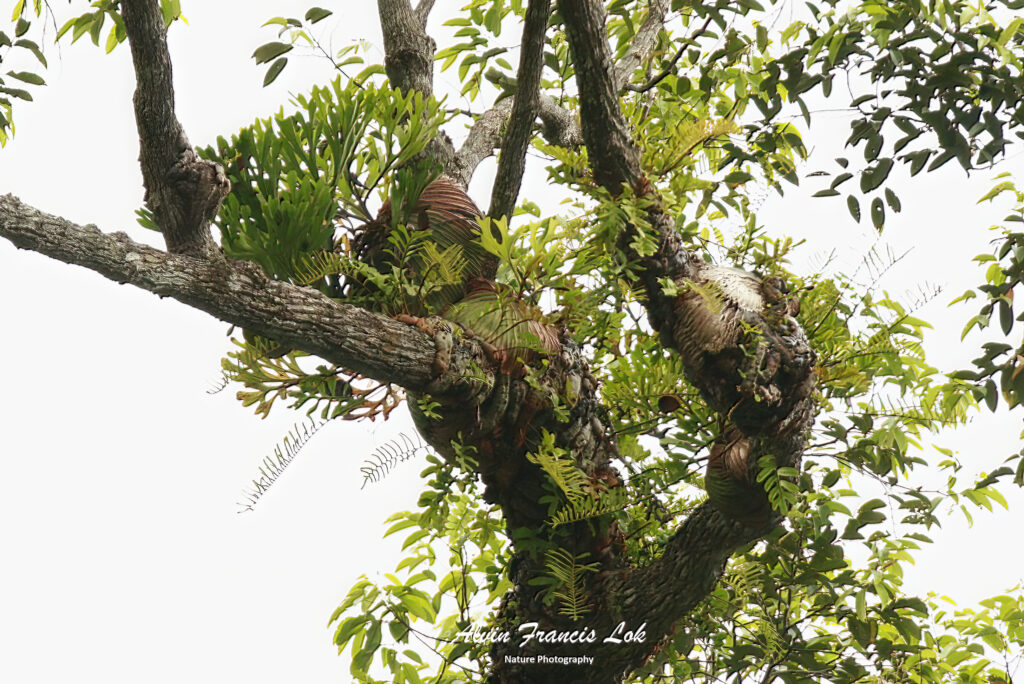
(Sarawak, Malaysia)